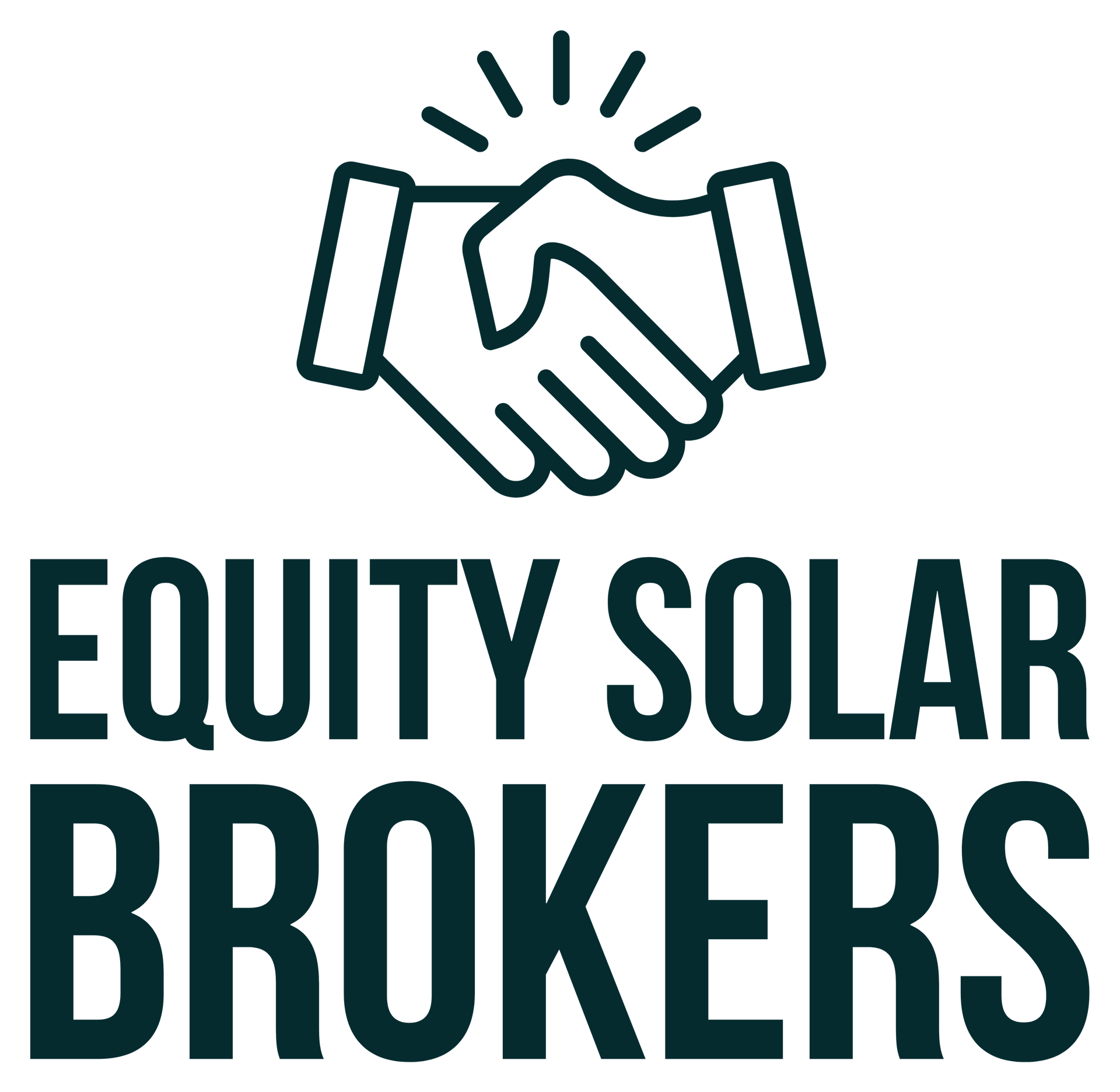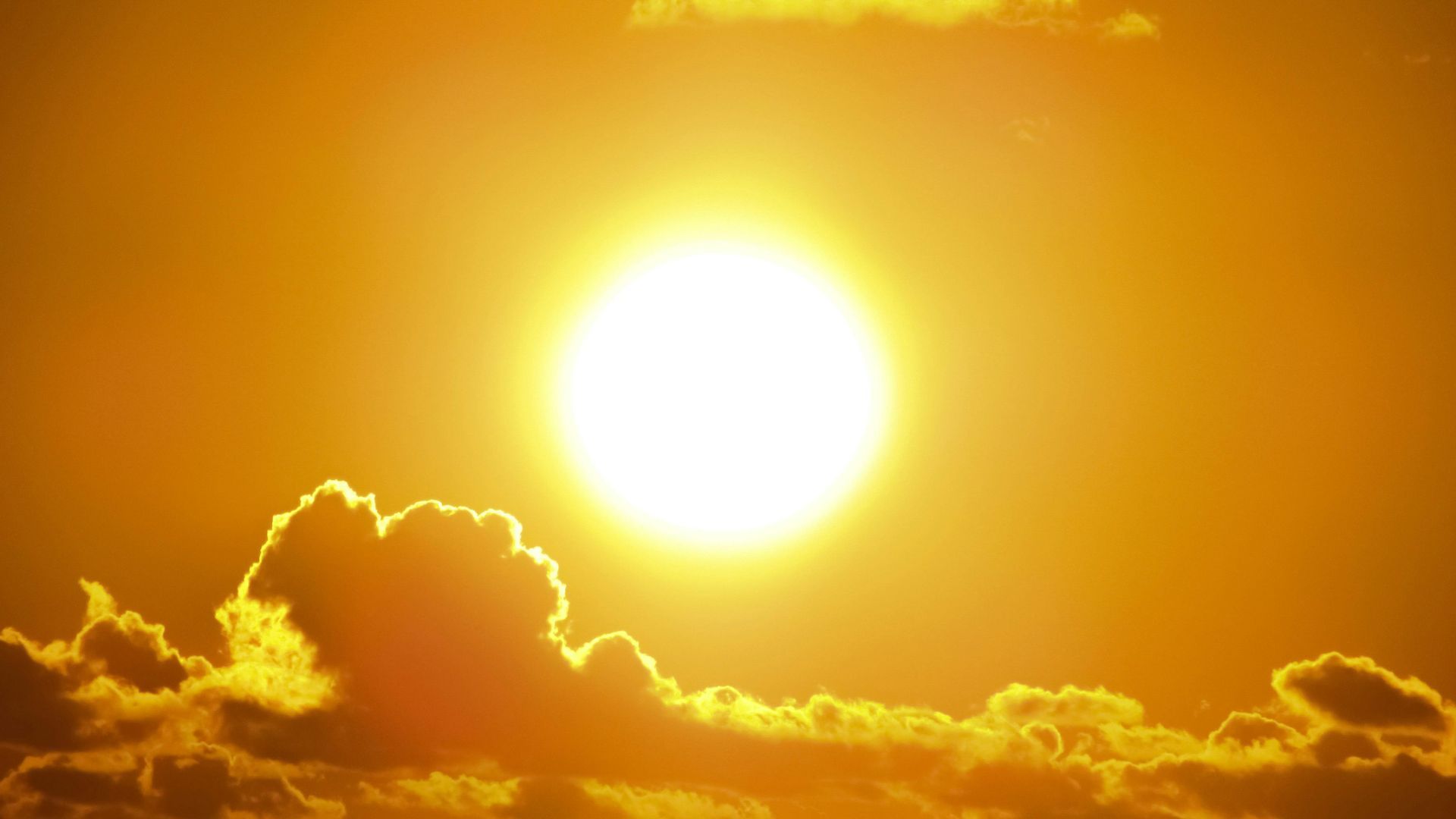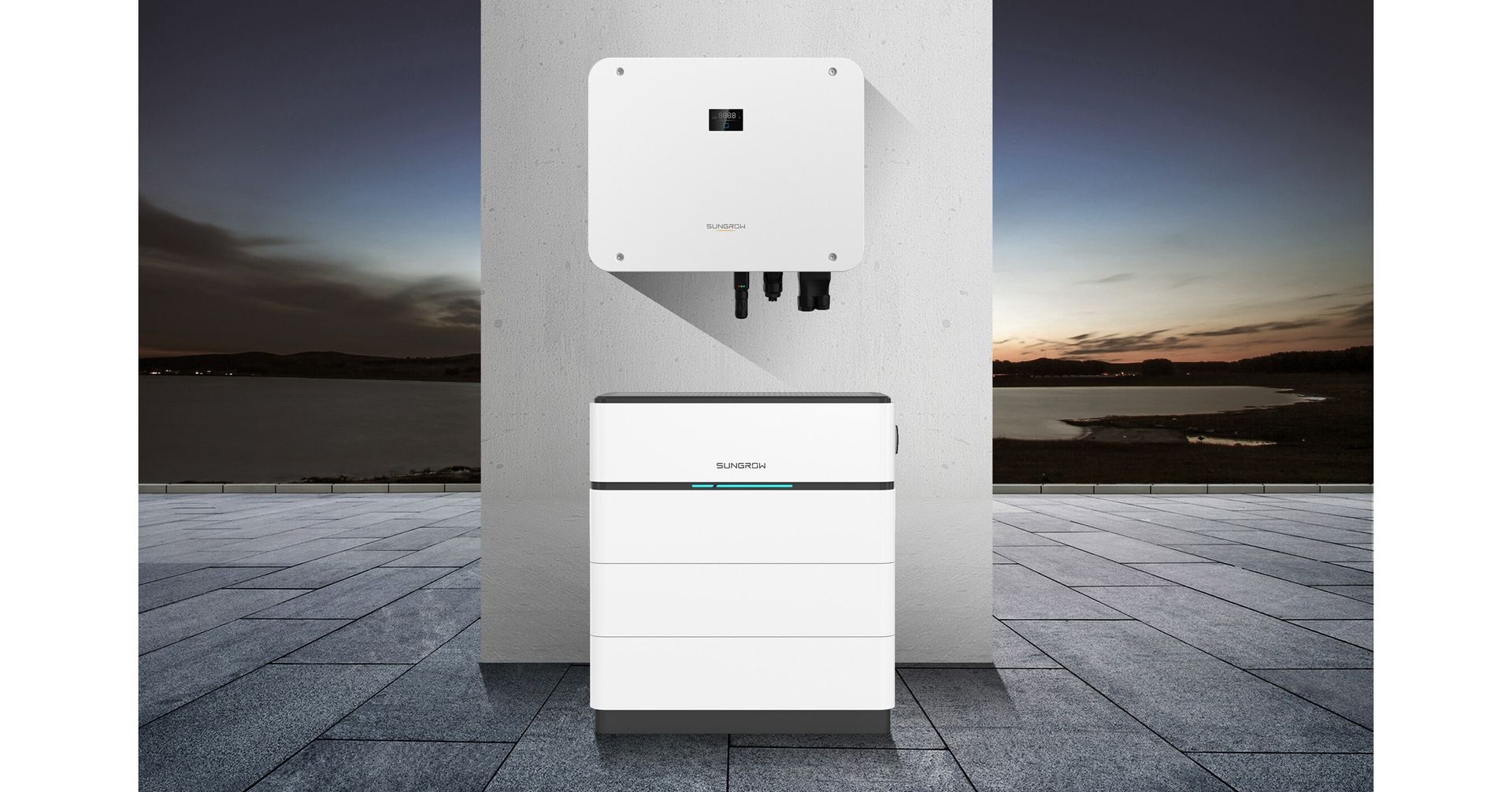"Which direction should my solar panels face?"

The ideal roof for maximum production
We'll say it upfront; north facing is the best for maximum solar production, with the panels at somewhere between a 25 to 35 degree pitch.
Production increases in winter on a steeper pitch, due to the position of the sun being lower in the sky.
Why north facing isn’t always the best
Against popular belief, North facing isn’t always the best setup for solar, for the following reasons:
- North facing panels achieve their maximum production at the middle of the day. For most homes, that’s not ideal, because peak power demand is often at other times.
- In summer, the sun rises and sets slightly towards the south. Panels facing true north don’t produce anything in the early morning or late evening (unless they’re bifacial panels and on tilt brackets)
- Many solar systems are designed with a larger number of solar panels that the inverter is rated for. IE; 6kW of panels on a 5kW inverter. When all the panels face the same direction, clipping is more likely to occur.
(In simplicity, clipping is energy lost due to hardware limitation.)
The other option – East West (or something in between)
An alternative to north facing panels is using the east and west roof faces, or anything in between east, west and north.
The NZ sun rises in the east, and sets in the west.
In the morning, a singular panel facing the sunrise will perform immensely better that a singular north facing panel. Respectively, the same is true for comparing west and north panels at sunset.
Panels aimed at sunrise don’t perform well at sunset.
And of course… Panels aimed at sunset don’t perform well at sunrise.
Despite these two truths, an east-west solar system will produce more energy in the early morning and late evening than a system with all panels facing north, saving the system owner more on their early morning and late afternoon (or evening) energy costs.
Mid-day solar production is certainly less than a system where all panels face north. But this isn’t an issue for most people because they typically use less power during the middle of the day.
Despite east-west panels producing less energy at mid-day, production is always sufficient. After all, the sun hits both sides of the roof at mid-day!
- East West systems have a longer mid-day peak, which can be incredibly beneficial for timed-loads such as hot water cylinders.
- Having production earlier and later is a huge benefit.
- With less mid-day production, clipping is less likely to occur, meaning you can load up your solar inverter that little bit further. IE; we wouldn’t recommend more than 5.5kW of panels on a 5kW inverter if all the panels face north. However, on an east-west system, 6.4kW of panels would work well with a 5kW inverter.
Wrapping up
There is a case for panels in all kinds of directions.
In our view, the ideal solar system is one where half the panels face north east and the other half face north west. It’s the best of both worlds.
When buying solar, it’s important to deal with experts who are incentivised to deliver exceptional results for their client.
To that end, going with a cheap “12-panel package” might not deliver the ideal result.
Keen to save time and money?
Our free solar-broker service includes a visit to your home or business, solar system design, and quote procurement.
We ensure you get the ideal system, and help you gain the insight to make the right decision. This is true for the conversation around panel direction, batteries vs no batteries, hybrid inverter or not, etc.
Once we’ve designed the ideal solar system, we go to market to get you the quotes. The solar companies don’t get your contact details, so they price to win the job.
Our clients save thousands. (That’s thousands on the purchase price and thousands on their power bills!)
Leave us your details and we’ll give you a brief call to understand what you’d like to achieve with solar.
Save time & Money; book a solar broker to
We will get back to you as soon as possible.
Please try again later.



